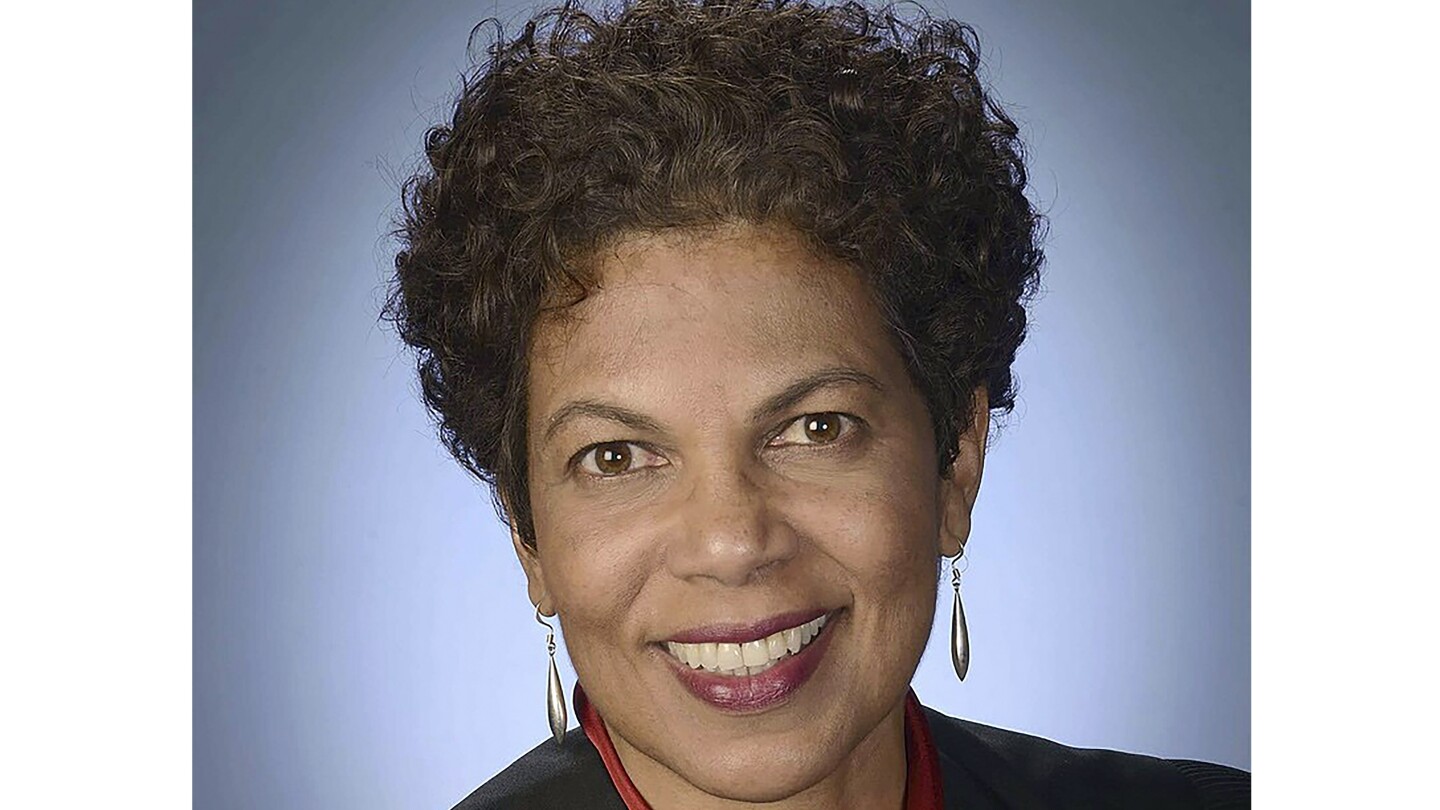ATLANTA (AP) — Bomb threats and false reports of shootings at the homes of public officials, state capitols and courthouses have surged in recent weeks, including some connected to court cases against former President Donald Trump.
The judges overseeing the civil fraud case against Trump in New York and the criminal election subversion case against him in Washington, D.C. have both been targeted in recent days. Also, Justice Department special counsel Jack Smith was the subject of a fake emergency call Christmas Day.
A series public officials from across the political spectrum were targeted by swatting over the holidays, and last week state Capitol buildings and courthouses in states across the U.S. were locked down and evacuated after receiving bomb threats. No explosives were found and no one was hurt.
The FBI said Thursday that investigators have seen widespread increase in threats of violence, and take them seriously. “When the threats are made as a hoax, it puts innocent people at risk, is a waste of law enforcement’s limited resources, and costs taxpayers,” the agency said in a statement.
Here’s a look at the spike in threats:
WHAT IS ‘SWATTING’?
Swatting is the act of making a prank call to emergency services to prompt a response at a particular address. The goal is to get authorities, particularly a SWAT team, to show up.
Some of the recent calls have featured the voice of a man calling himself “Jamal,” claiming he had shot his wife because she was sleeping with another man and saying he was holding the boyfriend hostage, demanding $10,000.
WHO IN THE COURTS HAS BEEN TARGETED?
In New York, authorities responded to a bomb threat at the Long Island home of Judge Arthur Engoron early Thursday morning, the day after the judge issued a ruling preventing the former president from delivering his own closing statements in the civil fraud case against him. Nothing amiss was found.
The false report came days after a fake emergency call reporting a shooting at the home of U.S. District Judge Tanya Chutkan, who is overseeing Trump’s Capitol attack criminal case in Washington, D.C.
Smith was also the target of fake shooting report at his home, a person familiar with the situation told The Associated Press. The person spoke on the condition of anonymity to discuss the ongoing investigation. Smith and his family have been the subject of numerous threats and intimidating messages since he was appointed and Trump began posting messages about them online, prosecutors have said in court documents.
WHAT OTHER PUBLIC OFFICIALS HAVE BEEN TARGETED?
Public officials targeted by swatting range from Republican U.S. Rep. Marjorie Taylor Greene of Georgia to Maine Secretary of State Shenna Bellows, a Democrat who removed Trump from the state’s presidential primary ballot under the Constitution’s insurrection clause.
Other high-profile targets in recent days include U.S. Sen. Rick Scott of Florida, Boston Mayor Michelle Wu and Ohio Attorney General Dave Yost.
In Greene’s case, a man called the Georgia suicide hotline Christmas morning, claiming that he had shot his girlfriend at Greene’s home and was going to kill himself next, police said. The call was quickly transferred to police, who determined it was a swatting attempt after contacting a private security detail for Greene, who has been targeted multiple times.
In Wu’s case, a male caller claimed the same day claiming he had shot his wife and had tied her and another man up at the Boston mayor’s address. Wu, a Democrat, has also been targeted by many swatting calls since she took office in 2021.
HOW WIDESPREAD IS THE PROBLEM?
Hundreds of cases of swatting occur annually, with some using caller ID spoofing to disguise their number. And those targeted extend far beyond public officials.
Police have for months reported a huge surge in fake claims about active shooters at schools and colleges. There have also been reports of hundreds of swatting incidents and bomb threats against synagogues and other Jewish institutions since the Israel-Hamas war began.
The FBI said earlier this year that it had started the process of creating a national database in to track swatting incidents nationwide. The agency said Thursday that investigators take seriously the widespread increase in threats, and every hoax “puts innocent people at risk, is a waste of law enforcement’s limited resources, and costs taxpayers.”
DO FALSE THREATS POSE OTHER RISKS?
Such calls have proven dangerous and even outright deadly.
In 2017, a police officer in Wichita, Kansas, shot and killed a man while responding to a hoax emergency call. Earlier this year, the city agreed to pay $5 million to settle a related lawsuit, with the money to go to the two children of 28-year-old Andrew Finch.
In 2015, police in Maryland shot a 20-year-old man in the face with rubber bullets after a fake hostage situation was reported at his home.
In addition to putting innocent people at risk, police and officials say they worry about diverting resources from real emergencies.
WHAT KIND OF RESPONSE COULD THIS PROMPT?
No arrests have been made in the recent threats, but some lawmakers have moved for heftier penalties.
Ohio earlier this year made it a felony offense to report a false emergency that prompts response by law enforcement. And Virginia increased the penalties for swatting to up to 12 months in jail. Similar bills are pending in other states and Congress.
In Georgia, Lt. Gov. Burt Jones promised “an end to this madness” after his home in a small town south of Atlanta was swatted on Wednesday, only to have a bomb threat called in to his office on Thursday.
“Let me be clear — I will not be intimidated by those attempting to silence me,” Jones wrote on X.
___
Whitehurst reported from Washington.

